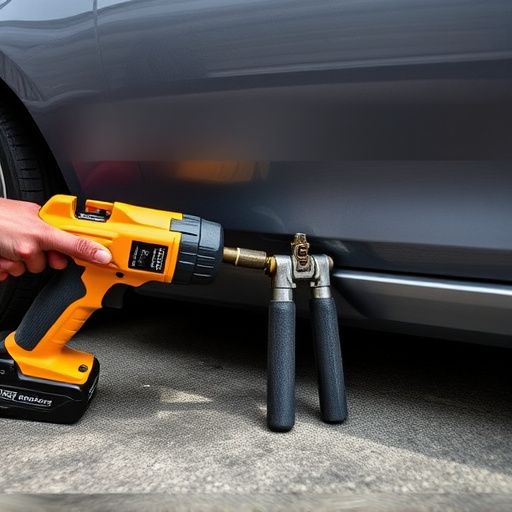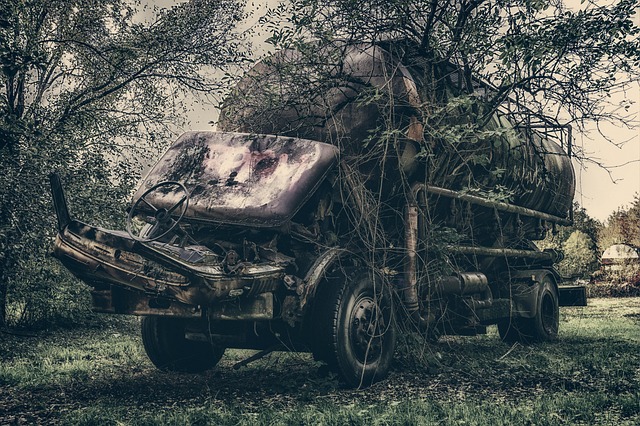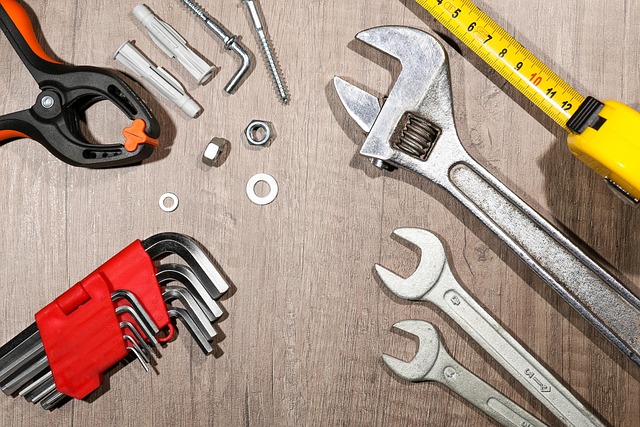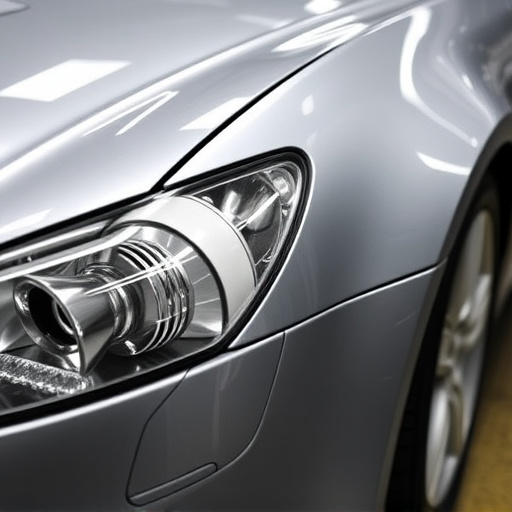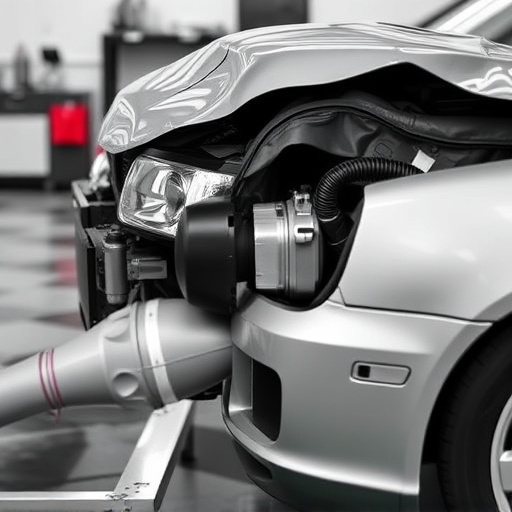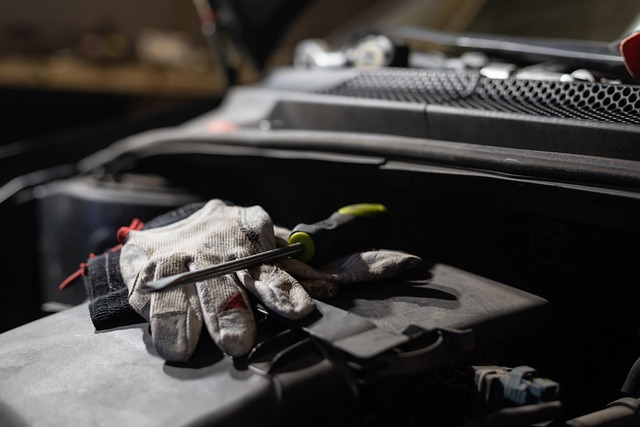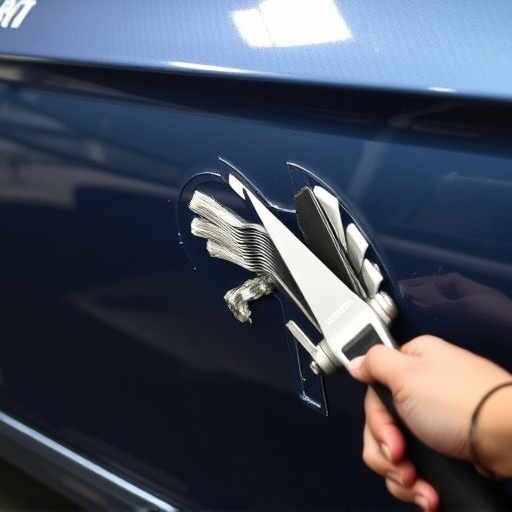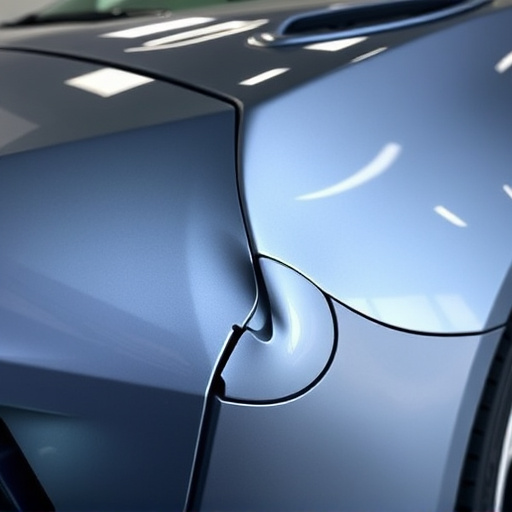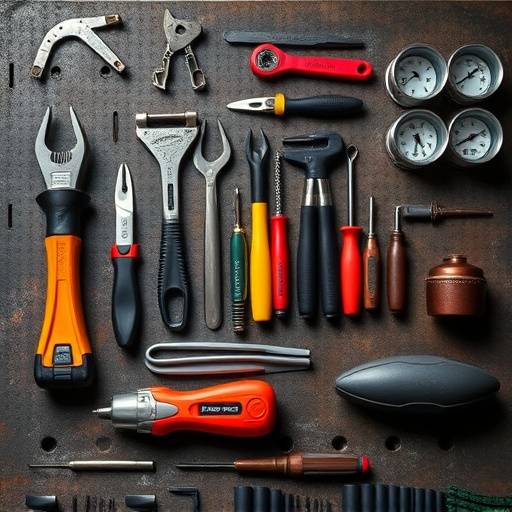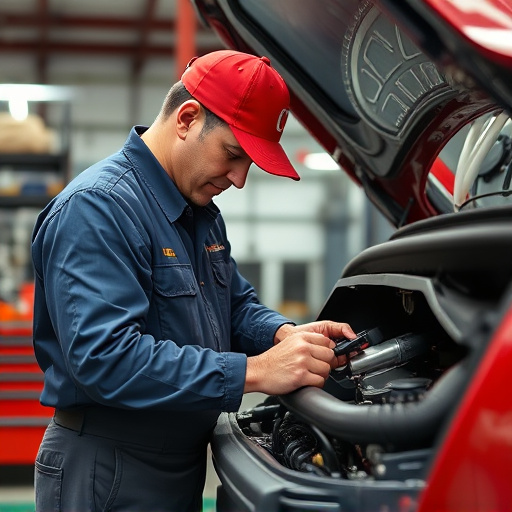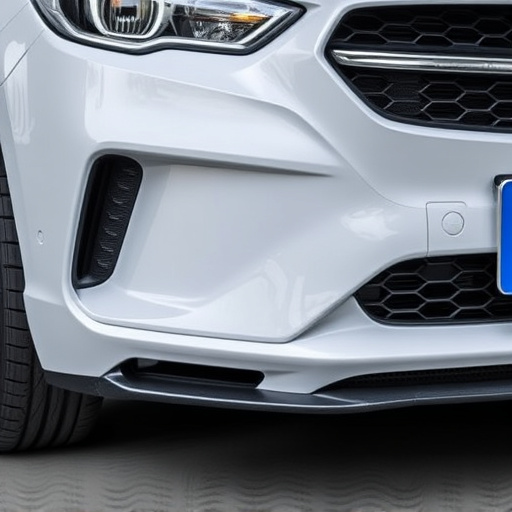The four-stage paint system is a meticulous collision repair approach, addressing damaged paintwork from scratches to severe dents. This systematic process ensures flawless finishes and accurate color matches, merging aesthetic appeal with safety standards. Each stage—surface prep, primer, base coat, clear coat—enhances repair quality by removing contaminants, smoothing imperfections, bridging metal & paint, providing color & protection, and adding shine. Best practices in surface preparation, standardized procedures, and adherence to manufacturer guidelines maximize efficiency, quality control, and customer satisfaction in car restoration.
Discover the transformative power of the four-stage paint system in the collision industry. This innovative approach streamlines repair processes, ensuring superior efficiency and quality control. In this comprehensive guide, we’ll explore each stage of the system, from surface preparation to final finish, revealing best practices for collision repair facilities. Learn how to optimize your workflow, enhance customer satisfaction, and achieve flawless results with this industry-leading method.
- Understanding the Four-Stage Paint System
- Best Practices for Collision Repair Facilities
- Maximizing Efficiency and Quality Control
Understanding the Four-Stage Paint System

The four-stage paint system is a comprehensive approach to vehicle repair and restoration, particularly for paintwork that has been damaged, whether from minor scrapes and scratches or more severe issues like hail damage or vehicle dent repair. This methodical process ensures a flawless finish and precise color match, which is crucial in the collision industry where aesthetics and safety go hand in hand. Each stage builds upon the previous one: surface preparation, primer application, base coat, and clear coat.
Properly understanding this system involves recognizing that each stage contributes to the overall quality of the repair. Surface prep involves removing contaminants and smoothing out imperfections, setting the canvas for the next layer. Primer acts as a bridge between the metal and subsequent coats, enhancing adhesion. The base coat provides color and protection, while the clear coat adds shine and an extra layer of defense against environmental factors. This meticulous process not only repairs but also enhances the vehicle’s exterior, making it look as good as new—a key consideration in any vehicle repair scenario.
Best Practices for Collision Repair Facilities

Collision repair facilities play a pivotal role in ensuring vehicles return to their pre-accident condition, and adopting best practices is essential for achieving top-notch results with the four-stage paint system. These practices begin with proper preparation, where meticulous surface cleaning and decontaminating are crucial to remove any contaminants that could hinder adhesion during the painting process. This initial step sets the foundation for successful color matching and a durable finish.
Implementing standardized procedures for sanding, priming, and painting is another key best practice. Utilizing the four-stage paint system, facilities should meticulously apply each coat according to manufacturer guidelines, ensuring even application and minimal overspray. By adhering to these standards, auto body repair shops can guarantee consistent quality across all vehicle collision repairs, enhancing customer satisfaction with top-quality automotive repair services.
Maximizing Efficiency and Quality Control

In the collision industry, maximizing efficiency and quality control are paramount to ensuring optimal results for car collision repair and car restoration processes. Adopting a structured approach, such as implementing a four-stage paint system, significantly streamlines operations. Each stage—surface preparation, primer application, color coating, and clear coat—is meticulously designed to achieve precision and consistency. This systematic method not only enhances productivity but also guarantees that every vehicle undergoes rigorous quality checks at each phase.
By adhering to best practices, collision repair shops can elevate their standards. This includes utilizing advanced tools and techniques for auto glass repair, meticulous surface treatment during the preparation stage, and precise application of primers and colors. Such attention to detail ensures that finished cars meet or exceed industry benchmarks. Consequently, a well-managed four-stage paint system contributes to both efficiency and quality, fostering customer satisfaction in every car restoration endeavor.
The adoption of a four-stage paint system in collision repair facilities is not just a technological advancement; it’s a game-changer. By understanding and implementing best practices, professionals can maximize efficiency, ensure consistent quality control, and deliver superior repaint results. This systematic approach revolutionizes the industry by streamlining processes, reducing errors, and ultimately satisfying customers with top-notch finishes.
